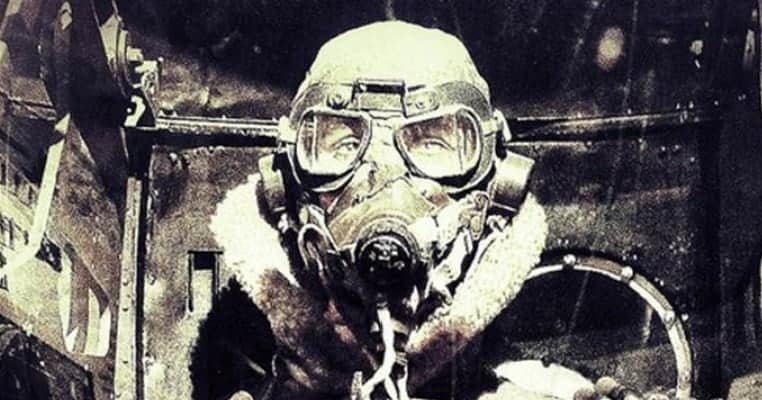“From my mother’s sleep I fell into the State,
And I hunched in its belly till my wet fur froze.
Six miles from earth, loosed from its dream of life,
I woke to black flak and the nightmare fighters.
When I died they washed me out of the turret with a hose.”
-The Death of the Ball Turret Gunner, by Randall Jarrell
During the interwar years, a belief grew among many aviation advocates and leaders that fleets of bombers would prove the decisive weapon of the next war. Air power would prove paramount, they reasoned, as it broke an enemy people’s will by destroying their country’s vital centers. Armies, so the argument went, would become superfluous, because bomber airplanes would overfly them, and attack their centers of government, military, and industry, with impunity. It was eventually distilled into the principle, derived from the theories of Italian general Giulio Douhet, that “The bomber will always get through”.
Buying into Douhet’s theories that bombers were unstoppable, American – and to a lesser extent British – aviation leaders bought into the idea of ensuring they would be unstoppable by transforming them into “aerial battleships”. The exemplar of that “aerial battleship” concept would be the Boeing B-17 heavy bomber, designed to fight its way deep into enemy territory, strike strategic targets, then make its way back to base by dint of its defensive armaments. Bristling with machine guns manned by trained aerial machine gunners, the B-17 was described by a reporter as a “Flying Fortress” when it was first unveiled, and Boeing quickly adopted and trademarked the nickname.

American Bomber Doctrine Relied on Aerial Gunners
Early in WWII, Britain’s Royal Air Force tried out the notion that “the bomber will always get through” with a daylight strategic bombing campaign against Germany. However, RAF bombers, unescorted because British fighters lacked the range to penetrate deep into Germany, sustained such heavy losses that they had to abandon daylight bombing altogether, and switch to nighttime raids instead. When the US joined the war, the British urged America’s airmen to join them in nighttime bombing, and warned them that going up against the Luftwaffe during the daytime would prove too costly.
However, American bomber training, doctrine, and bomb aiming equipment, were all based on clear target visibility. So it came down to either American daylight bombing, or no American bombing at all. US Army Air Corps (later Air Forces) were optimistic that their bombers would succeed where the British had failed. They had faith that their airplanes, more robust and more heavily armed than RAF bombers, would successfully fend of German fighters, especially when flying in tight formations to offer mutual protection.
Fighter attacks against WWII bombers usually lasted no more than a few terrifying seconds. During that time, the bombers’ machine gunners had to figure out in split seconds the attacking airplane’s speed, range, path of attack, and their own machine gun bullets’ ballistics and trajectory. After working all out that out in their minds, the gunners had to line align their weapons and sights, and open up on the attackers. Throughout, they often prayed that their machine guns’ mechanisms or bullet belts had not iced up, and that they would not experience a weapons jam at the worst possible time.

“Spray and pray” – hosing the sky in the general direction of the attackers with machinegun bullets in the hope of hitting something – was not advisable. Aside from the small likelihood of actually hitting the enemy fighters closing in on them with bad intentions, there was the not so small likelihood of accidentally hitting and shooting down other bombers in their tightly packed formations.
As things turned out, the notion that the bombers would “always get through” – at least at acceptable loss rates – proved woefully wrong. The bombers’ manned machine guns proved inadequate to protect the bombers from determined air attacks by well trained enemy fighters. However, it took some hard knocks, and heavy losses, before that lesson was driven home and accepted by American aerial commanders.

